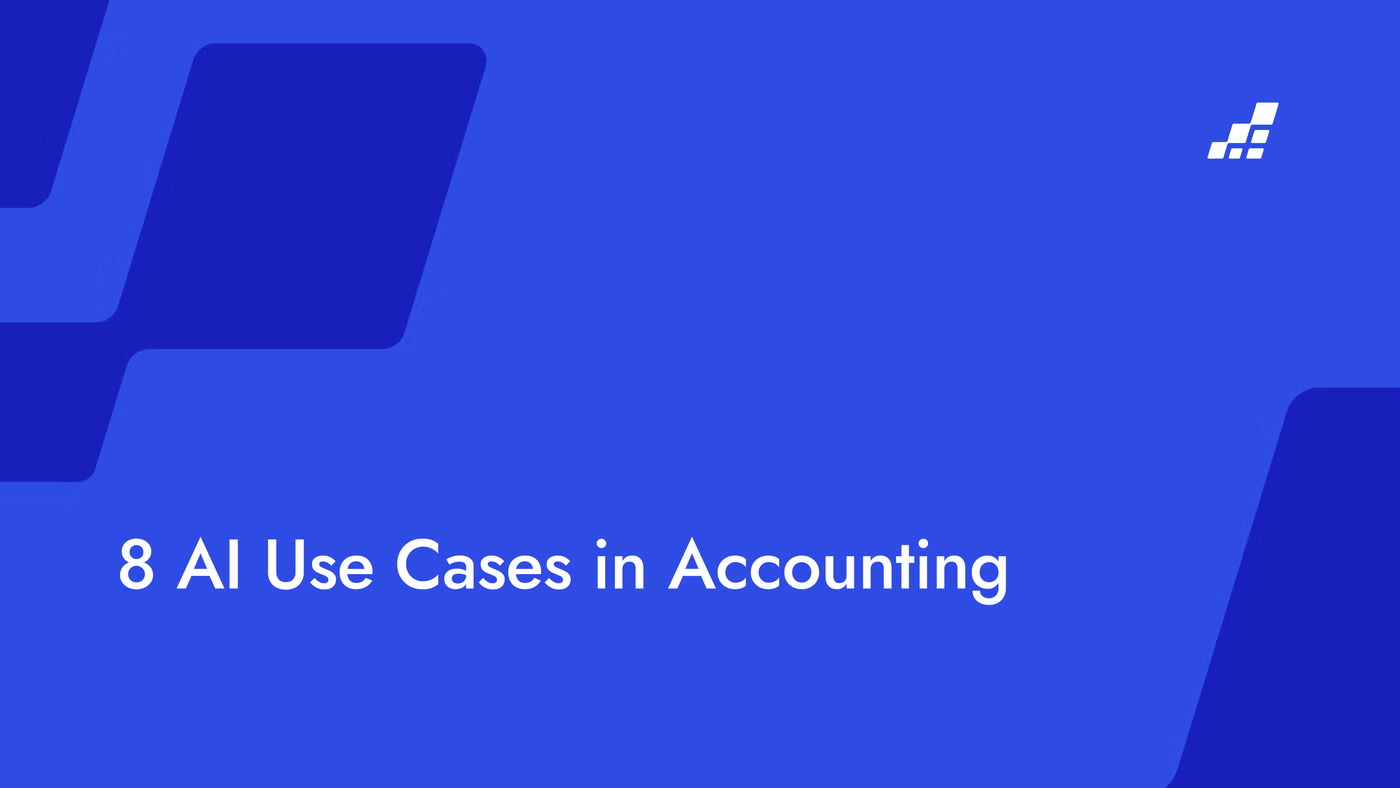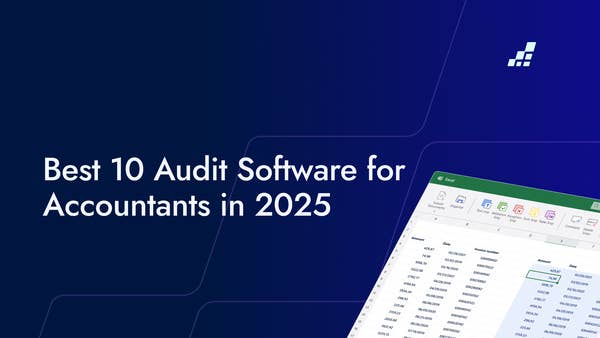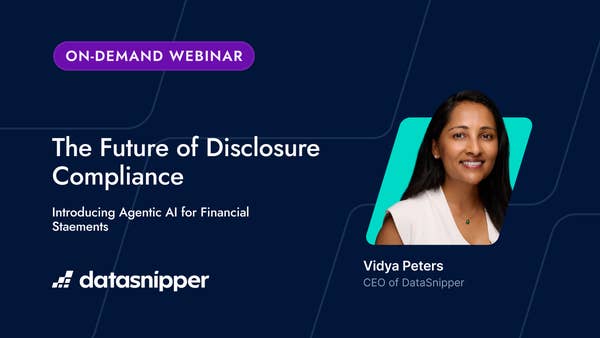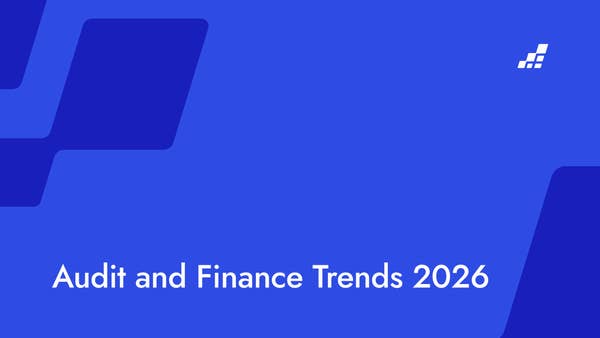- /
- Blog
8 AI in Accounting Use Cases

Why accountants need practical AI use cases
The biggest difference between speculation and adoption lies in practical use cases. Firms want AI that fits directly into their workflows, automates repetitive tasks, and provides reliable outputs that can be traced back to source evidence.
The top AI use cases in accounting
1. Automated data extraction from supporting documents
Bank statements, invoices, and contracts contain crucial audit evidence, but extracting key figures and terms manually is time-intensive. With the right use of AI in your software, it can automatically pull amounts, dates, and counterparties into working papers, creating traceable links back to the source.
2. Intelligent transaction matching
Matching transactions across ledgers, invoices, and confirmations has historically required hours of manual work. AI can reduce this burden by identifying matches, highlighting discrepancies, and surfacing outliers for review.
Auditors benefit from faster reconciliations and greater assurance that no material items were overlooked. DataSnipper enhances this by matching values across multiple documents while preserving a verifiable audit trail.
3. Real-time anomaly detection and fraud flagging
This doesn’t replace professional skepticism, but it strengthens it. Accountants can direct attention to anomalies flagged by AI, improving fraud detection rates and audit efficiency.
4. Smart cross-referencing between financial data and evidence
Testing audit assertions often requires linking a reported figure to multiple supporting documents. Traditionally, this involves scrolling through PDFs, copy-pasting, and double-checking totals.
AI automates cross-referencing, ensuring that financial statements are consistently supported by underlying documentation. With DataSnipper AI, this creates a chain of evidence that’s both transparent and easily reviewable.
5. Automated risk assessment through data analysis
Risk assessment determines where auditors apply their resources. AI strengthens this process by analyzing transaction histories, identifying patterns, and comparing client activity against industry benchmarks.
Instead of spreading work evenly across all accounts, firms can target higher-risk areas. This not only saves time but also improves the effectiveness of audit procedures.
6. Faster invoice and expense reconciliation
Closing the books each month often requires reconciling large volumes of invoices and expenses. AI speeds this process by categorizing line items, checking amounts against budgets, and suggesting reconciliations automatically.
For accountants, this means fewer manual checks and faster reporting. For auditors, it translates to more accurate data at the start of an engagement.
7. AI-powered audit trail generation for transparency
One of the challenges in using AI is maintaining trust. Accountants and auditors need output that can be traced back to original sources. AI can generate audit trails automatically, documenting where data was extracted, how it was matched, and why certain anomalies were flagged.
8. Disclosure testing with Agentic AI
DataSnipper AI: the intelligent layer powering your workflow
Unlike standalone tools, DataSnipper AI is a connected intelligence layer embedded across the entire DataSnipper ecosystem:
- DocuMine: Our specialized AI module for document analysis lets you ask questions directly about document datasets, delivering fast, accurate, and evidence-backed answers.
- DataSnipper Excel Add-In: The core platform enhanced with AI for automated document extraction, transaction matching, and advanced snipping that links every number back to its source.
- UpLink: Integrated AI capabilities for automated document analysis and pre-validation of client submissions or PBC, improving quality and consistency in audit evidence.
Why these AI use cases empower, not replace, accountants
There is a misconception that AI will replace accountants. In practice, it does the opposite. AI takes over repetitive work like extraction, matching, and reconciliation, so professionals can focus on judgment, analysis, and client advisory.
Humans remain responsible for applying skepticism and ensuring that financial reporting meets the highest standards. AI simply acts as the accelerator.
Future outlook: the AI-first audit and accounting firm
AI in accounting is no longer an abstract discussion. It is actively transforming audits through automation, data analysis, extraction, and matching. With platforms like DataSnipper, firms are cutting down on manual work, improving accuracy, and building transparent workflows that clients can trust.
FAQs
1. Will AI replace accountants?
No. AI reduces manual tasks, but accountants remain responsible for oversight, judgment, and assurance.
2. How is DataSnipper AI different from ChatGPT?
DataSnipper AI is designed for accounting and auditing workflows in mind, with traceability and compliance in mind. While ChatGPT is a general-purpose LLM model without audit safeguards.
3. Can smaller firms adopt AI?
Yes. AI tools like DataSnipper are scalable and can save time for firms of all sizes.
4. How does AI help with fraud detection?
AI flags anomalies and unusual transactions in real time, allowing auditors to investigate areas of concern more efficiently.
5. What role does AI play in audit trails?
AI documents its actions automatically, creating transparent audit trails that strengthen trust in the results.
6. How does AI improve reconciliation?
It categorizes transactions, matches values across documents, and suggests reconciliations, accelerating the close process.


